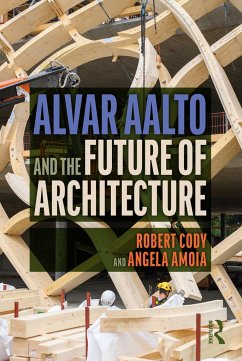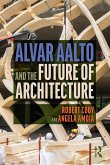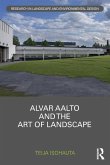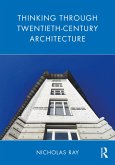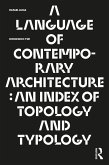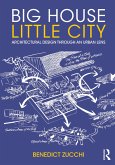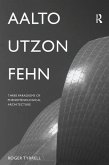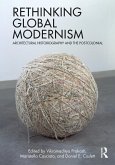In the contemporary practice of architecture, digital design and fabrication are emergent technologies in transforming how architects present a design and form a material strategy that is responsible, equitable, sustainable, resilient, and forward-looking. This book exposes dialogue between history, theory, design, construction, technology, and sensory experience by means of digital simulations that enhance the assessment and values of our material choices. It offers a critical look to the past to inspire the future.
This new edition looks to Alvar Aalto as the primary protagonist for channeling discussions related to these topics. Architects like ALA, Shigeru Ban, 3XN, Peter Zumthor, and others also play the role of contemporary guides in this review. The work of Aalto and selected contemporary architects, along with computer modeling software, showcase the importance of comprehensive design. Organized by the five Ts of contemporary architectural discourse-Typology, Topology, Tectonics, Technic, Thermodynamics-each chapter is used to connect history through Aalto and develop conversations concerning historical and contemporary models, digital simulations, ecological and passive/active material concerns, construction and fabrications, and healthy sensorial environments.
Written for students and academics, this book bridges knowledge from academia into practice and vice versa to help architects become better stewards of the environment, make healthier and more accountable buildings, and find ways to introduce policy to make technology a critical component in thinking about and making architecture.
This new edition looks to Alvar Aalto as the primary protagonist for channeling discussions related to these topics. Architects like ALA, Shigeru Ban, 3XN, Peter Zumthor, and others also play the role of contemporary guides in this review. The work of Aalto and selected contemporary architects, along with computer modeling software, showcase the importance of comprehensive design. Organized by the five Ts of contemporary architectural discourse-Typology, Topology, Tectonics, Technic, Thermodynamics-each chapter is used to connect history through Aalto and develop conversations concerning historical and contemporary models, digital simulations, ecological and passive/active material concerns, construction and fabrications, and healthy sensorial environments.
Written for students and academics, this book bridges knowledge from academia into practice and vice versa to help architects become better stewards of the environment, make healthier and more accountable buildings, and find ways to introduce policy to make technology a critical component in thinking about and making architecture.
"Another achievement of the book would be the author's well-balanced awareness towards many of the issues discussed. One example would be an understanding regarding the use of building certifications in achieving more sustainable buildings. The authors agree that such practices can lead to progressive outcomes, though also admit that there is the potential for greenwashing should architects non-critically follow such artificial standards and checklists. Rather, they advocate for an awareness towards design methods themselves, referencing Aalto's comments that "The victory of formulas was not to be so dangerous, if it were not the kind of lifebuoy, which every architect wants to use to achieve good results."" - Review by George Michelin, bookm-ark.fi

